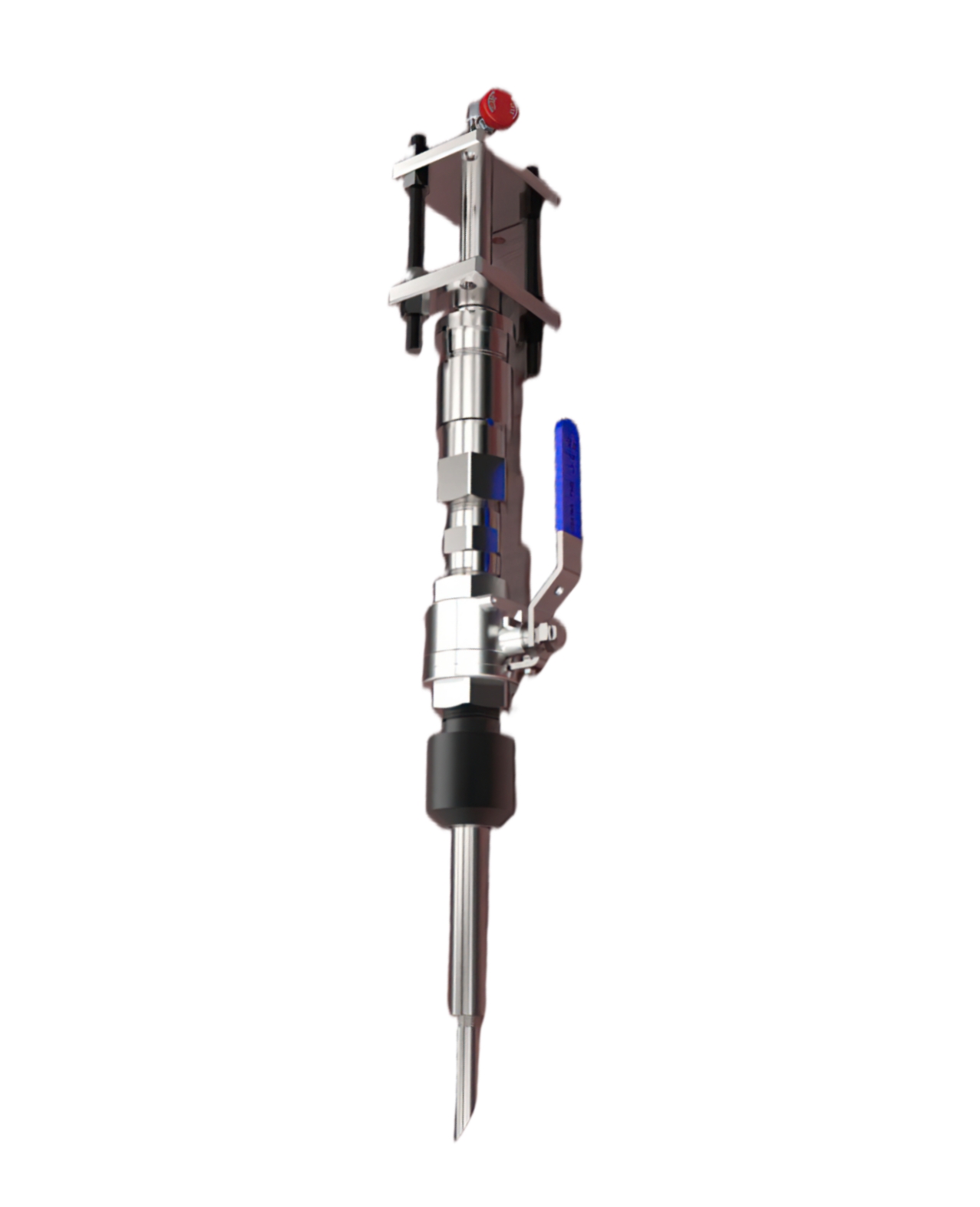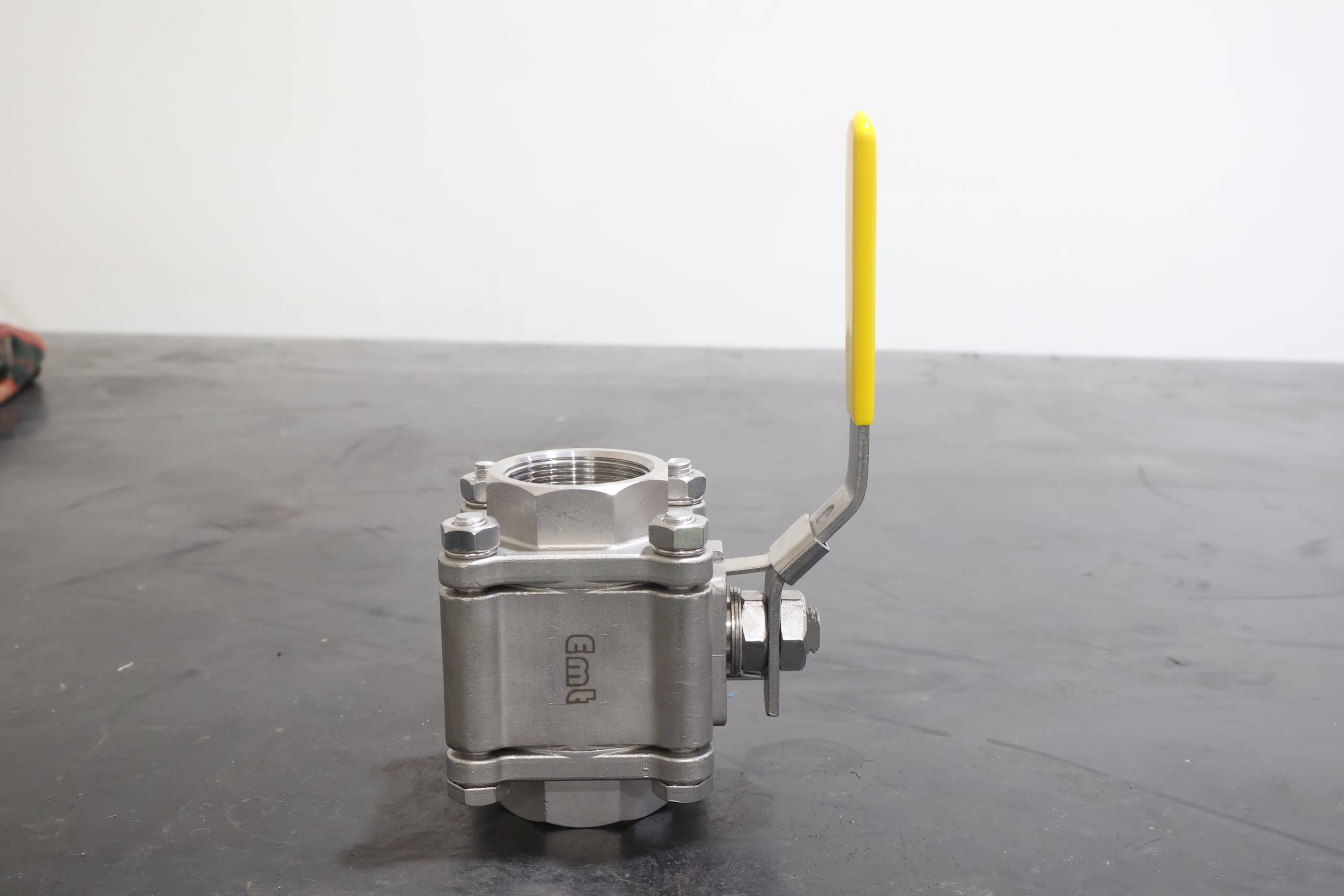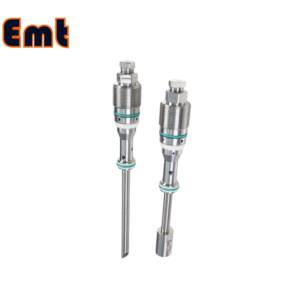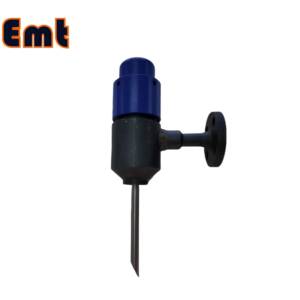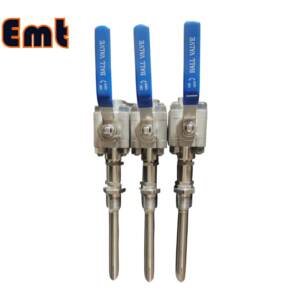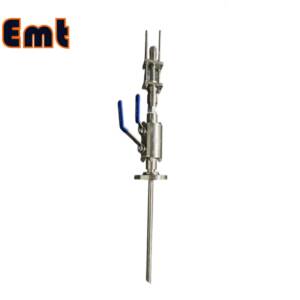Description
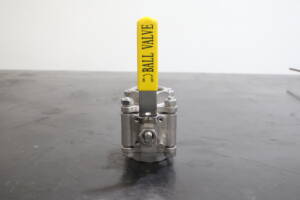
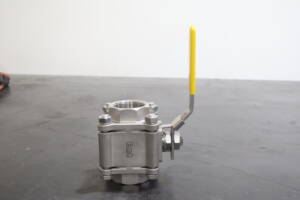
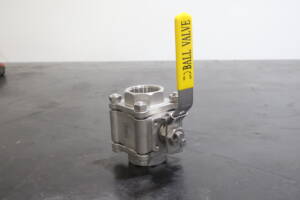
A check valve is a mechanical device that allows fluid (liquid or gas) to flow in only one direction and automatically prevents backflow in a piping system.
Key Features of a Check Valve
- One-way flow: It permits flow in one direction and blocks it in the opposite direction.
- No manual control needed: It operates automatically based on pressure and flow.
- Prevents backflow: It protects pumps, compressors, and pipelines from reversed flow.
How Does a Check Valve Work?
When fluid flows in the correct direction, pressure opens the valve.
If the flow reverses, the valve automatically closes due to gravity, spring force, or back pressure.
Common Types of Check Valves
| Type | Description |
|---|---|
| Swing Check Valve | Uses a hinged disc that swings open with forward flow. |
| Lift Check Valve | The disc lifts vertically as flow passes and drops when flow reverses. |
| Ball Check Valve | A ball moves to allow or block flow. |
| Dual Plate Check Valve | Has two spring-loaded plates for compact design. |
| Wafer Check Valve | Thin, lightweight valve installed between flanges. |
Where Are Check Valves Used?
Check valves are used in many systems, including:
- Water supply lines
- Oil and gas pipelines
- Pumps and compressors
- Chemical processing
- HVAC systems
Why Are Check Valves Important?
Check valves are important because they play a critical role in maintaining the safety, efficiency, and cleanliness of fluid systems. First, they prevent contamination of clean water systems by stopping backflow, which could carry pollutants or harmful substances into clean lines. They also protect equipment such as pumps, compressors, and valves from damage caused by reverse flow. In addition, check valves help maintain consistent pressure within pipelines, ensuring smooth and uninterrupted operation. Most importantly, they enhance overall system safety and reliability by automatically controlling the direction of flow without the need for manual intervention.
Chemical Injection Quill With Check Valve



